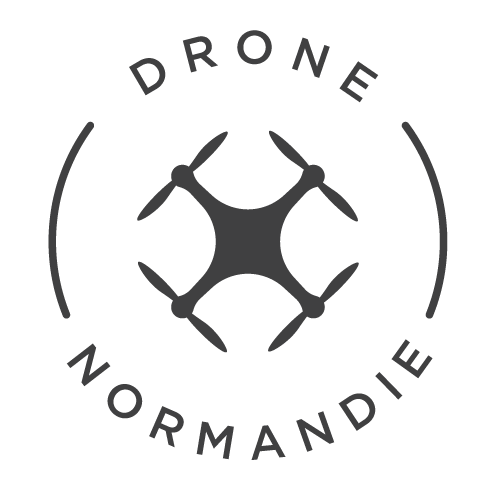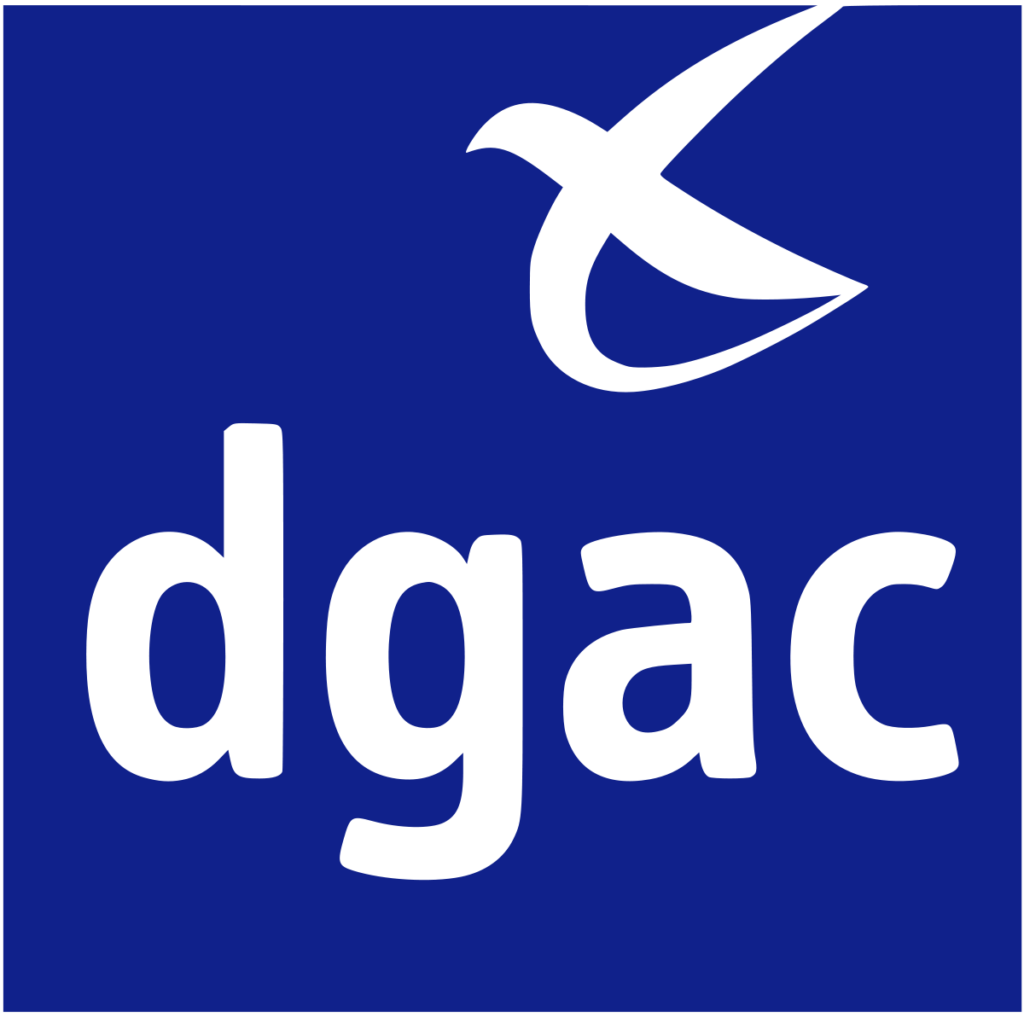The rules of the air
These rules apply to all aircraft operating in French airspace, as well as to French-registered aircraft operating in foreign airspace (provided there is no conflict with local regulations). Pilots of remotely piloted aircraft need to be aware of these regulations, in order to prevent any incident or accident.
Types of air traffic :
There are two types of air traffic:
– GAC: General Air Traffic, covering civil aircraft and some state aircraft
– CAM: Circulation Aérienne Militaire (military air traffic), which includes state aircraft and test flights.
Civilian unmanned aircraft are not covered by CAM, and will therefore not be discussed in this course.
The different classes of airspace:
Airspace is divided into different classes, controlled or uncontrolled, depending on the services provided:
– Controlled airspaces: A, B, C, D, E
– Uncontrolled airspace: F (not used in France), G (most common)
Flight rules :
– IFR: Instrument Flight Rules. It does not apply to remotely piloted aircraft, so will not be covered in this course. This type of flight complies with IMC: Instrument Meteorological Conditions.
– VFR: Visual Flight Rules, respecting VMC: Visual Meteorological Conditions.
Visual Flight Rules ( VFR) is the simplest, freest and oldest way to fly, where you simply follow the basic rules of the air: See and Avoid.
To be able to make this type of flight, VFR pilots must comply with visual meteorological conditions (VMC). These conditions are based on the visibility and distance from clouds that the pilot must respect. They are summarized in the image below.
What we need to remember about CMVs:
– Out of the clouds and within sight of the surface
– 1500m visibility (at speeds under 140kt or 260km/h)

(image under CC Atribution license, author: PiRK)
Collision avoidance :
Collision avoidance (collision is the aeronautical term for a collision between aircraft) is the responsibility of the pilot-in-command for manned aircraft, and of the remote pilot for remotely piloted aircraft.
The rule is simple: avoid proximity to other aircraft and obstacles.
In all cases, manned aircraft always have priority over unmanned aircraft . If avoidance is necessary, it must always be to the right. In the same way, if overtaking is necessary, it will always be done from the right.
Minimum flight heights :
Under visual flight rules, the minimum flying height for manned aircraft is 150m (500ft), which can be reduced to 50m (150ft) for forced landing training flights.
The Very Low Altitude Defense Network (VLADN) :
The RTBA is a set of interconnected restricted areas designed for training flights at very low altitude and very high speed.
The lateral and vertical limits of the RTBA’s various restricted areas, also known as “sections”, are defined in the Aeronautical Information Publication (AIP), part ENR 5.1 of prohibited, restricted and hazardous areas, available on the Service de l’Information Aéronautique (SIA) website, at the following address http://www.sia.aviation-civile.gouv.fr/
RTBA zones can be activated in all weather conditions, and must be bypassed during activation periods.
Fighter aircraft generally operate in the RTBA in automatic terrain following mode, known as “SDT Auto”.
Pilots are not responsible for collision avoidance. Fighter speeds in the RTBA can exceed 500 Kt (~900 km/h). Fighters sometimes use the RTBA for patrol flights.
Signals :
Day and night, a series of projectiles fired from the ground at ten-second intervalsand producing a bursting stars or red and green lightsindicates to an aircraft that it is flying without authorization in a restricted, prohibited or hazardous areas or that he is about to enter such an area and that he must take the necessary measures.

